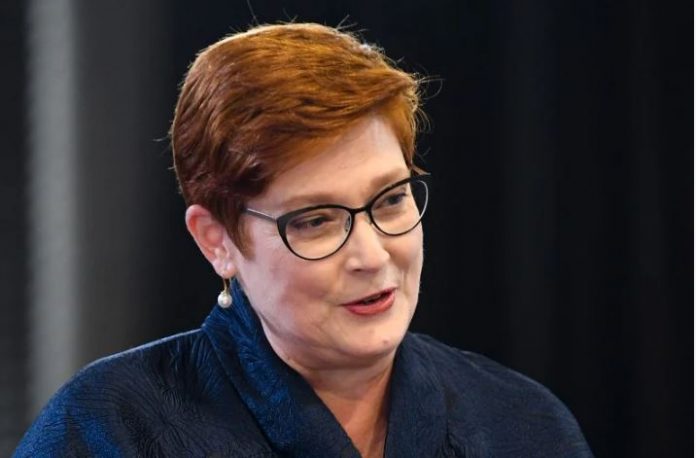An interesting new experiment has been taking place over the past six months.
Established to break down silos, the Asia-Pacific Development, Diplomacy & Defence Dialogue (AP4D) has brought together more than 150 experts from across the three Ds to work together and develop policy ideas for Australia in Southeast Asia. Today, AP4D releases a report and five options papers that show the results. Even before launch, there’s been a high level of interest, with a dozen private briefings involving more than 50 parliamentarians, advisors and officials.
So, looking at this process, what advantages does an integrated defence, development, diplomacy approach bring?
First, bringing together experts from different sectors helps analyse a problem from different angles.
The working group on how Australia can be an effective security partner found they were looking at the concept of “security” differently. The focus could be on traditional state security, particularly threats from geostrategic competition. Or it could be on insecurity at the individual level created by gender-based violence, hunger, disease, natural disasters, poverty and inequality. Both are crucial for a stable region: insecurity at the individual level undermines national stability, while fragility and conflict at the state level undermine security for individuals.
The group concluded that Australia’s national security and international engagement strategy in Southeast Asia should see investing in human security and state security as complementary and mutually reinforcing endeavours, not competing paradigms. If Australia is perceived to only emphasise traditional state security concerns, particularly strategic competition with China, Australia’s security partnership with Southeast Asia will fall short of its potential. Australia needs an expansive vision of what it means to be a security partner to find common ground with Southeast Asia.
Second, bringing together people from defence, diplomacy and development helped to identify the opportunity in threats.
Looking at the issue of climate change, the defence perspective emphasises threats, with climate change defined as the primary security threat of the century. In an era of disasters, there will be an increasing burden on the ADF as a first responder to disaster relief. There is an increasing risk of food insecurity, climate refugees and climate migrants, as well as growth in extremist ideology in response to environmental stresses.
Diplomatic and development perspectives help identify that there is also a huge opportunity for Australia to be a climate leader. Because Southeast Asian countries are some of the most at-risk to the impacts of climate change, it is high among their policy priorities. There is a huge appetite for addressing climate as part of a “green and resilient recovery” which presents major opportunities for Australian businesses to be part of the region’s clean energy transition.
Australia has a competitive advantage due to its significant renewable energy resources that can be exported via cable from northern Australia or shipped as green hydrogen from elsewhere in the country. Australia can provide minerals such as nickel, copper, lithium and cobalt which are critical to solar panels and electric vehicles. As a renewable energy superpower supporting the energy needs of its neighbours, Australia will gain diplomatically as well as economically.
Third, bringing together people from the three sectors helped generate a wider range of solutions. As a representative of any single department or agency, you tend to focus first on what your institution can do. Working with others help identify a wide range of actors and actions that can enhance Australia’s international engagement.
One of the working groups came up with more than a dozen pathways involving not just the Department of Foreign Affairs and Department of Defence, but also Home Affairs, the Australian Border Force, the Australian Federal Police, Treasury, the Foreign Investment Review Board, the ARC Centres of Excellence, military-to-military, parliament, business and civil society organisations.
Fourth, bringing together the three sectors helped prioritise among many worthy aims.
The working group looking at how Australia can be a partner for Southeast Asian recovery and growth had the difficult job of suggesting where Australia should focus its efforts. Because Australia is not a dominant actor in Southeast Asia it needs to identify the best avenues to maximise its influence to shape trends in the region. This means focusing on areas where it can have an outsized effect. Given that Australia has a stake not just in the economic trajectory of the region, but in ensuring that growth is sustainable and inclusive, focusing on health, education and economic cooperation can have catalytic effects.
With the release of the reports from its first phase on Southeast Asia, AP4D is now turning to apply the same process to Australia’s relationships with the Pacific.
One of AP4D’s recommendations is promoting more interchange of senior personnel between departments and whole-of-government processes for setting and assessing international strategies to build a broader, unified strategic culture. Given the benefits I’ve seen, I hope this is taken up.
By Melissa Conley Tyler / themandarin
The views and opinions expressed in this article are solely those of the author and do not necessarily reflect the position of AsiaWE Review.




